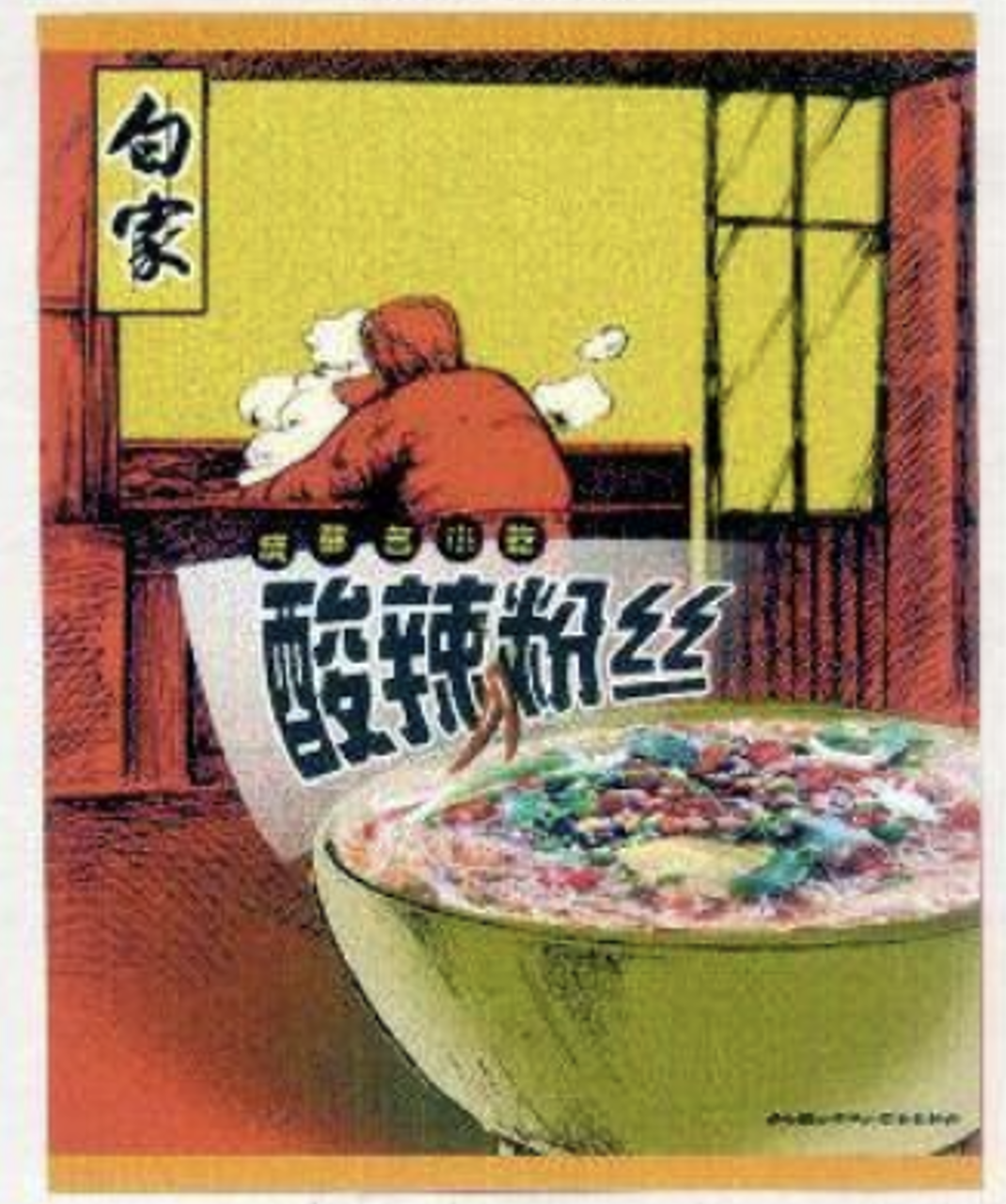CHANG TSI
Insights
This article mainly focuses on typical cases of rights conflict between design patents and trademarks and the strategy for the right holders when arranging a design patent portfolio in China.
Case 1: Bai Xiang vs. the Patent Reexamination Board of State Intellectual Property Office, Patent Invalidation Administrative Lawsuit (Invalidity Decision No. 14261). This case was one of the top 10 innovative intellectual property cases in Chinese courts in 2014, and it was included in the Supreme People's Court Gazette Case [2016 Issue No. 11 (Total Issue No. 241).
Patent in question: Design Patent No. 00333252.7, patentee: Chen Zhaohui, titled "Food Packaging Bag," filing date: October 16, 2000, date of grant announcement: May 2, 2001, publication number: CN3184967D.
Front View:

Bai Xiang Company's Trademark under Reg. No. 1506193, application date: December 12, 1997, designated goods: "instant noodles; dried noodles; sweet bean paste; cereal products; flour; noodles; bean powder," registration date: January 14, 2001.
Henan Zhenglong Food Co., Ltd. (later renamed Bai Xiang Food Co., Ltd., hereinafter referred to as "Bai Xiang Company") claimed that the patent in question conflicted with its No. 1506193 trademark, and requested for invalidation of the said patent based on Article 23 of the Patent Law of P.R.C.
The Patent Reexamination Board of the State Intellectual Property Office (hereinafter referred to as “PRB”), in its Invalidity Decision No. 14261, determined that although Bai Xiang Company's No. 1506193 trademark had an earlier application date, it had not yet been registered at the filing date of the patent in question, and thus did not constitute a "prior right" as described in Article 23 of the Patent Law, and therefore did not support Bai Xiang Company's request for invalidation.
Bai Xiang Company filed an administrative lawsuit later, and the court of first instance upheld the decision of the PRB. Bai Xiang Company appealed, and the second-instance court overturned the ruling of the PRB and the judgment of the first-instance court, recognizing that the patent in question conflicted with Bai Xiang Company's prior trademark application. The PRB, dissatisfied with the second instance judgment, filed for a retrial with the Supreme People’s Court, which upheld the second-instance judgment and pointed out:
(1) As long as the trademark application date is before the patent application date, and the trademark has been approved for registration and is still valid at the time of filing the request for patent invalidation, the exclusive right of the prior registered trademark can be used to oppose the later applied design patent to determine whether the design patent right conflicts with it.
(2) The standard for judging whether such a conflict exists essentially lies in examining whether the implementation of the design patent right will infringe upon the exclusive right of the registered trademark.
To avoid conflicts between design patents and others' prior trademark rights, it is recommended that applicants of design patents carry out the following work in a timely manner before arranging a design patent portfolio in China:
1. Conduct a rights conflict search for the design intended to be patented. If the design contains a mark, a trademark search should be conducted to determine whether there is a prior trademark application (registered later) or registration which is similar to the mark in the design in respect of the identical or similar goods.
2. Deal with the mark in the design that has a risk of rights conflict. If there is a prior trademark application or registration, it is necessary to avoid using the mark (for example, by removing or changing the mark which has a risk of rights conflict in the design) to avoid the risk of trademark infringement or the risk of the design patent being declared invalid.
3. Alternatively, to avoid increasing the time and cost of rights conflict searches and delaying the design patent application, rights holders may consider avoiding any marks in the design (including trademarks that the rights holder has not yet registered in China)


